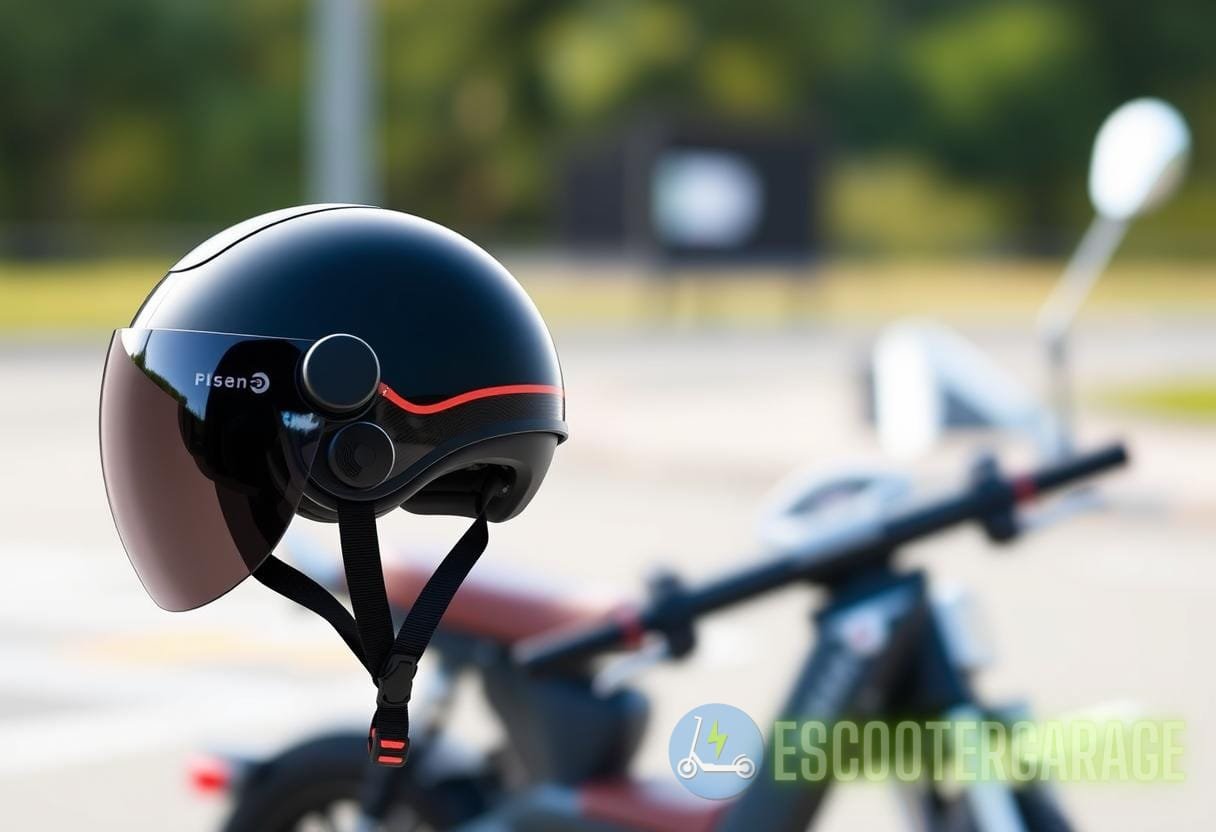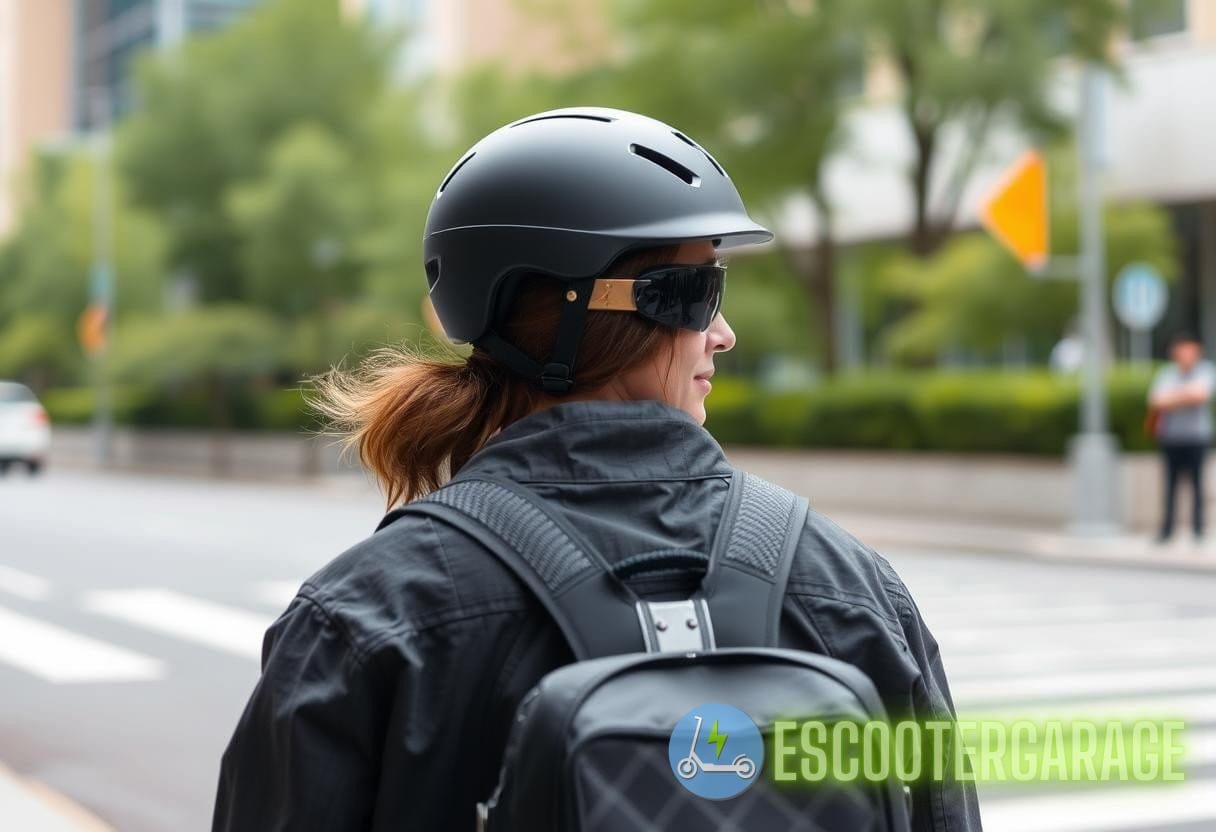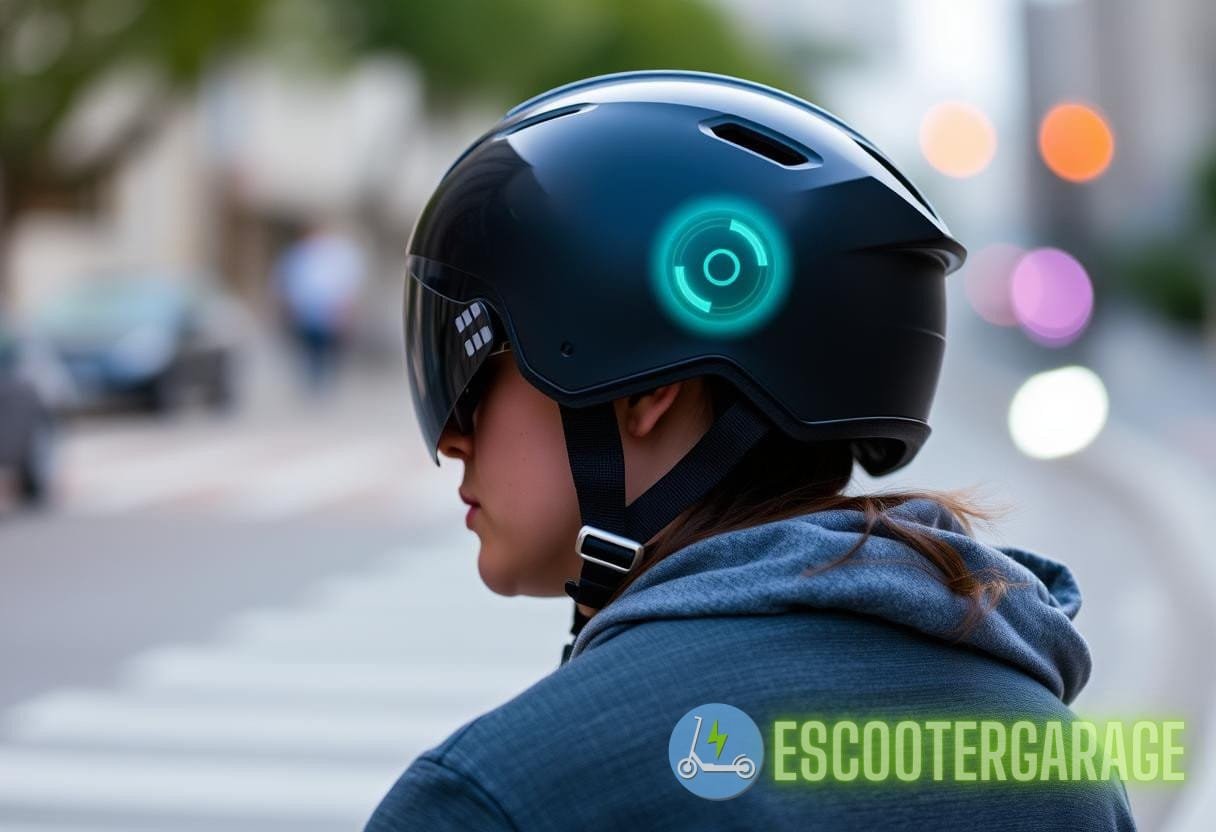Integrating Biometric Sensors: Pioneering a New Era of Personal Safety in eScooter Helmet Technology
The advent of biometrics in personal safety equipment has ushered in an unparalleled era of technological advancement. One of the most promising developments in this area is the integration of biometric sensors in eScooter helmet technology. These smart helmets not only provide a layer of protection but also enhance rider safety through real-time data collection and monitoring. As urban commuting increases, the significance of smart helmet safety has become more pronounced, demanding attention from consumers and developers alike.
The Evolution of eScooter Technology
eScooters have revolutionized urban transport, with millions of people adopting them for quick, efficient mobility. According to the National Association of City Transportation Officials (NACTO), eScooter trips surged to over 86 million in 2019 alone, demonstrating their popularity. As eScooter use continues to climb, so do concerns regarding safety.
Helmet usage statistics show a disparity in protection among eScooter riders. In a recent study published by the Journal of Accident Analysis and Prevention, it was found that only 15% of riders consistently wear helmets during their trips. This alarming figure poses questions about rider safety and the effectiveness of conventional helmets.
With the integration of biometric sensors, helmet technology can transition from a passive to an active safety device. Modern smart helmets can address these issues through innovative features designed to monitor rider health and environmental conditions.
Understanding Biometric Sensors and Their Applications
Biometric sensors are devices capable of measuring unique physiological traits, which provide valuable data relevant to health and safety. These sensors include:
- Heart Rate Monitors: Track the rider’s heart rate, allowing for the detection of distress signals during rides.
- Temperature Sensors: Monitor the rider’s body temperature, alerting them to overheating or overheating related to environmental conditions.
- Acceleration Sensors: Detect sudden stops or falls, providing immediate alerts to emergency contacts.
By integrating these sensors into eScooter helmets, manufacturers can effectively enhance the functionality of helmets, transitioning them from mere protective gear to comprehensive smart safety devices.
Benefits of Biometric Sensor Integration
The incorporation of biometric sensors offers unparalleled advantages:
- Real-Time Health Monitoring: Continuous tracking of vital signs can provide critical information, ensuring riders remain safe while on the road.
- Emergency Alerts: In case of an accident, the helmet can automatically notify emergency services with precise location data.
- Data Analysis: Collected data can be analyzed to improve health outcomes and enhance the overall riding experience.
- Increased Compliance: With insurance incentives, riders may be more inclined to use smart helmets that monitor their health metrics.
Case Studies of Smart Helmet Technology
Several companies are paving the way for the next generation of smart helmet safety by implementing biometric sensors. Let’s explore a few noteworthy examples:
1. Livall Bling Helmet
The Livall Bling helmet features built-in Bluetooth technology, allowing riders to connect their smartphones. It includes a heart rate monitor and can send emergency alerts in case of accidents. This helmet symbolizes the convergence of safety and connectivity, demonstrating how biometric data can enhance the overall riding experience.
2. Lumos Smart Helmet
Lumos offers a helmet equipped with integrated lights and turn signals, which cyclists can control via their smartphone. Although primarily focused on visibility, safety is amplified as the helmet collects data related to ride patterns and uses integrated sensors for motion detection. Its multifaceted approach makes it a strong contender in the realm of smart helmet safety.
3. Sena R1 Smart Helmet
The Sena R1 helmet includes advanced communication technology, including a Bluetooth intercom system, which allows riders to talk to each other while cycling. Its forthcoming upgrades aim to integrate biometric sensors to monitor health parameters, broadening its protective capabilities.

Challenges and Concerns
Despite the potential benefits of biometric sensors in eScooter helmets, several challenges remain:
- Privacy Concerns: The continuous collection of biometric data raises questions about data privacy and ownership.
- Integration Complexity: Ensuring accurate data collection while maintaining comfort and usability can be technologically challenging.
- Cost Barriers: Advanced sensor technology can drive up costs, potentially limiting accessibility for average consumers.
The Future of Smart Helmet Safety
The future of eScooter helmets is bright with the rising momentum of smart helmet safety technologies. As manufacturers continue to innovate, eScooter helmets will likely evolve into multifunctional devices, expected to include various features:
- Augmented Reality (AR) Integrations: Enabling heads-up displays that provide navigation and other essential alerts directly within the user’s line of sight.
- Artificial Intelligence (AI): Utilizing machine learning algorithms to analyze collected data and provide personalized recommendations.
- Battery Life Improvements: Enhancing power management systems in helmets to prolong the lifespan of biometric sensors and connectivity features.
Real-World Applications of Biometric Data
The implications of biometric sensors extend beyond mere accident prevention. For example, in the sports industry, biometric data is used to enhance performance through tailored training approaches. Extending this concept to eScooter riders can usher in a new dimension of user engagement and health management.
Emerging research suggests that individuals who utilize smart helmet safety features may experience a significant reduction in accidents. According to a 2021 study from the American Journal of Preventive Medicine, 80% of participants equipped with smart helmets reported feeling more secure while navigating urban environments. This increased sense of security could lead to more helmet usage amongst eScooter riders.
Standards and Regulations on Smart Helmets
To ensure that new technologies promote safety rather than increase risks, standardized regulations are essential. Several organizations, including the Consumer Product Safety Commission (CPSC) and the European Committee for Standardization (CEN), are working to formulate guidelines for integrating biometric technologies into protective gear.
Established standards will ensure that users can rely on their helmets not only to protect their heads in the event of a fall but also to monitor their physical well-being continuously. These efforts will instill confidence, encouraging more individuals to use helmets on their eScooter rides, ultimately contributing to a reduction in road injuries.
Internal Resources for Further Learning
For those interested in improving their knowledge of smart helmet safety technologies and related innovations, consider exploring the following resources:
- The Latest Innovations in eScooter Safety
- Current Trends in Helmet Technology
Collaboration and Industry Partnerships
The integration of biometric sensors into eScooter helmets is not solely the responsibility of manufacturers. Encouraging collaboration between tech companies, health organizations, and regulatory bodies is critical. Partnerships can lead to significant advances in technology, standards, and workplace safety protocols.
Moreover, engaging consumers in the design and testing phases can yield valuable insights, ensuring the products developed meet the actual needs of those who will use them. Organizations such as the National Association of Insurance Commissioners (NAIC) advocate for both public awareness and collaborative efforts in promoting helmet usage, emphasizing the potential financial savings associated with using advanced helmet technology.
Conclusion: The Road Ahead for Smart Helmet Safety
As urban commuting continues to gain traction and relevant safety concerns grow, the integration of biometric sensors in eScooter helmet technology emerges as a timely and compelling solution. The trajectory of smart helmet safety policies aligns with technological innovations, propelling the eScooter market into a safer future.



